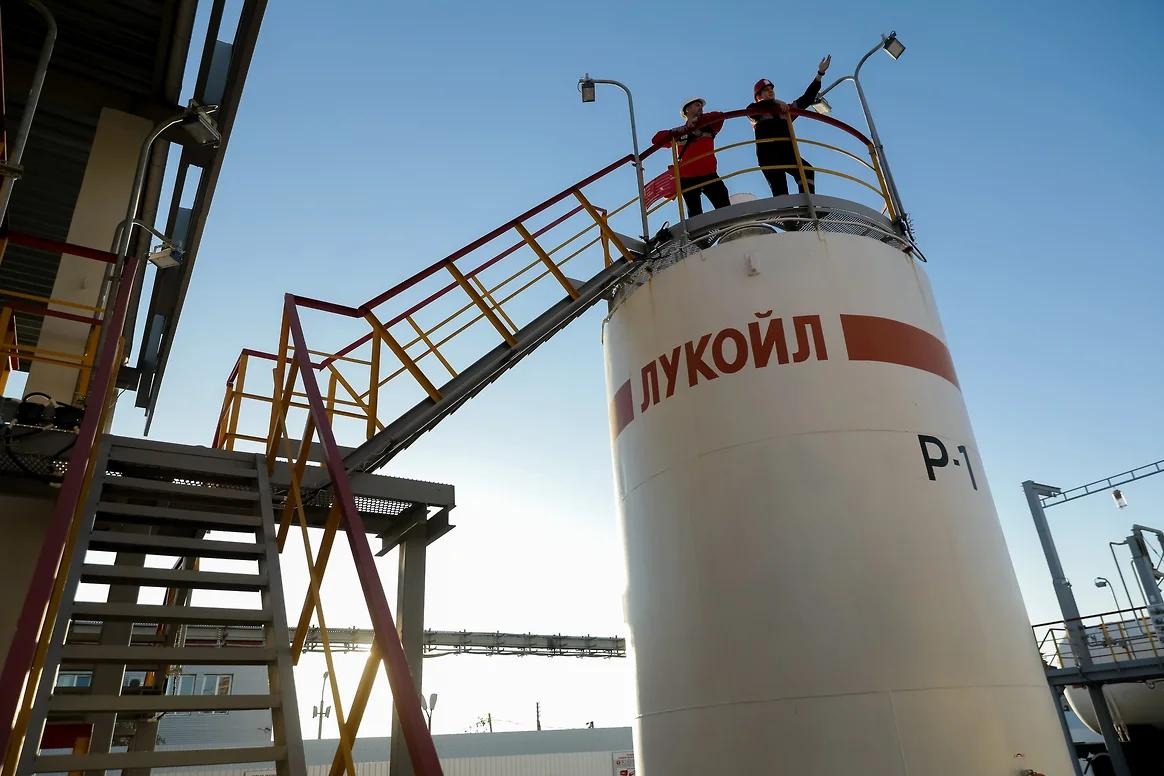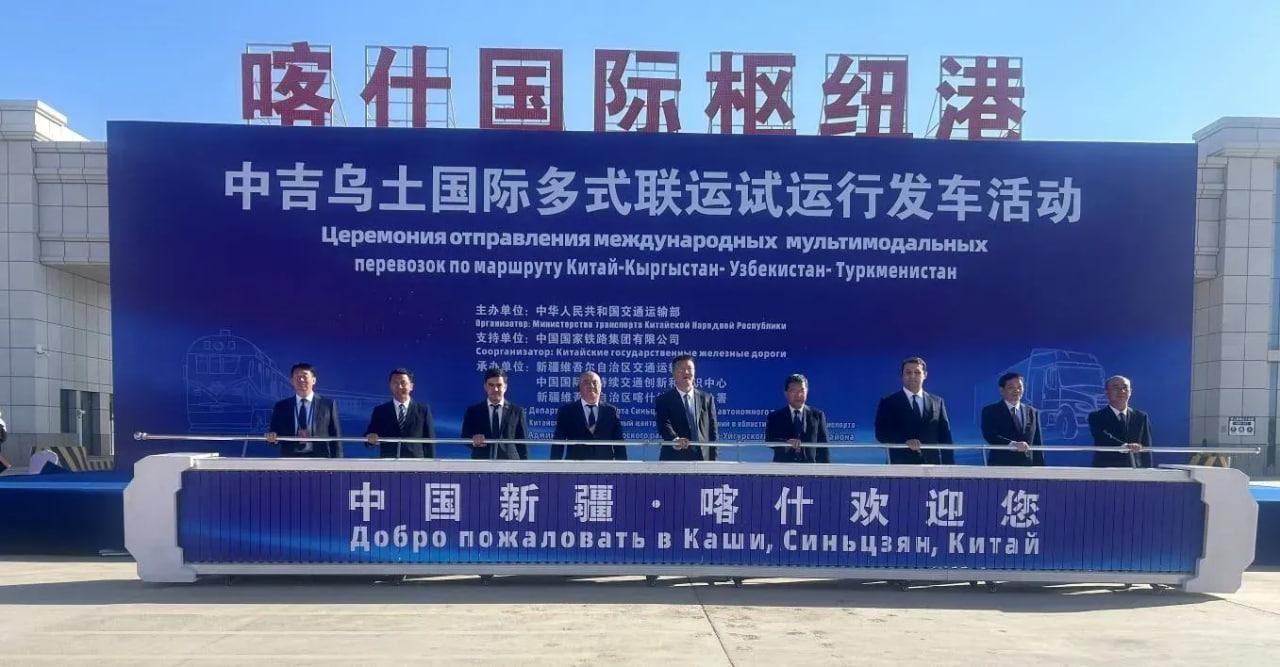DEAD BODIES HIDING TRUTH ABOUT RUSSIAN FAILURE IN NALCHIK
DEAD BODIES HIDING TRUTH ABOUT RUSSIAN FAILURE IN NALCHIK
During his visit to the Netherlands this week, Russian President Vladimir Putin was asked about the massive October 13 rebels attack on Nalchik, the capital of Kabardino-Balkaria. Dutch journalists wondered why the attack happened in what had been considered the most peaceful republic of the North Caucasus. While many people inside and outside Russia were shocked by the Nalchik raid, Putin called it a product of his successful policy in the region. “In Chechnya itself, as one can see, the terrorists have less and less opportunities to act effectively,” so they must “try to transfer their activity to other regions in the North Caucasus” (newsru.com, November 2).
After a group of Chechen rebels took about 700 people hostage in a Moscow theater in October 2002, an enraged Putin called for a harsh new anti-terrorist law. Among the provisions of the new law, the corpses of terrorists will not be returned to their relatives for burial. The relatives of the terrorists killed in Moscow and at the school in Beslan, North Ossetia, in September 2004 had no choice but to accept the policy. In Chechnya, if government agents kill a militant, his relatives try to get his body through bribery.
But now the body-disposal issue has reached a fever pitch in Kabardino-Balkaria. The problem has two aspects. First, relatives of confirmed participants cannot accept the idea that they will never see the bodies and graves of their loved ones. Second, and more heartbreaking, the authorities classified innocent civilians killed in the crossfire as rebels, so their corpses will not be released either.
The authorities appear to be using the corpses of bystanders to inflate the number of “insurgents” killed in the raid. Putin claims that 93 gunmen were killed and 40 arrested in Nalchik (newru.com, November 2).
The official body count began to rise immediately following Putin’s order to eliminate all of the attackers in Nalchik and seal the city. However, this order came around 1 pm, when most of the rebels had already escaped. Chechen warlord Shamil Basaev, who masterminded the operation in Nalchik, issued a statement saying that the rebels attacked military and police facilities at 9:14 am and finished the operation by 11:15 am (Kavkazcenter, October 15). Independent sources, eyewitnesses, and journalists confirmed this timeline.
Regnum news agency (October 13) reported that the situation in the center of Nalchik had started to normalize by noon. Jamestown sources in Kabardino-Balkaria also said that gunfire moved to the city outskirts in the afternoon and became significantly less intense (see EDM, October 14). There were some pockets of resistance left in the city, but not more than 10 wounded militants who could not retreat.
It seems improbable that the number of dead rebels — only 20 by noon according to officials — could jump to 61 in just two hours and then to more than 90 by the next morning (grani.ru, October 17). Izvestiya reported that while many of the dead looked like guerillas who hide in the mountains should look: with sunburned faces and muddy hands, other victims looked quite civilized, with white socks and clean clothes (Izvestiya, October 17). Many analysts have concluded that the “militants” in clean clothes were really innocent civilians.
Numerous stories are circulating about civilians killed in crossfire and then labeled as gunmen. Arsen Kanokov, president of Kabardino-Balkaria, told Novaya gazeta (October 31) that there were 20 civilians among the dead whom the authorities had classified as rebels. Fatima Tlisova from Associated Press reported about a list of 40 persons who were accidentally killed in the fighting, but this is also not the final count. Azret Mechukov, the chief forensic expert of Kabardino-Balkaria, told Moskovsky komsomolets that there were only 28 gunmen in the city’s morgue by October 14 (Moskovsky komsomolets, October 15).
On October 21, the authorities announced that they had identified the bodies of 26 rebels, while the other 10 were so burned that DNA testing would be necessary. Yet at the same time, the officials declared they had 87 unidentified corpses in the morgue (Kavkazsky Uzel, October 21). This statement was made eight days after the raid, but even now there is no information about the pace of the identification process. It looks suspicious, especially, as journalist Anna Politkovskaya told Ekho Moskvy radio, the corpses were not refrigerated and rapidly decomposing (Ekho Moskvy, October 29).
It seems likely that the 26 identified rebels and the 10 burned bodies were actual insurgents. The 10 were the wounded rebels who could not leave the city; Special Forces destroyed their hiding places and with flame-throwers and grenades. Together this accounts for 36 rebels killed in the raid, and if the one gunman who was taken prisoner is added the total is 37 rebels — exactly the number of rebel casualties confirmed by the insurgency (Kavkazcenter, October 24).
But if the real number of insurgents is only 37, who are the other dead? The most logical answer is that the others are civilians labeled as rebels to allow Russian troops to claim victory in Nalchik on October 13. Under this scenario it is understandable why the authorities have stored the corpses in refrigerators without electricity. They need to make the corpses unrecognizable as soon as possible.
If the remains of the civilians are not returned to their relatives, the situation in Kabardino-Balkaria will deteriorate even further. Yet Putin seems unconcerned about this issue. He is more worried about the disclosure of the fact that the most of the dead in Nalchik are civilians, because it could reveal how Russian security officials failed to carry out Putin’s order to destroy the rebels in the city.


